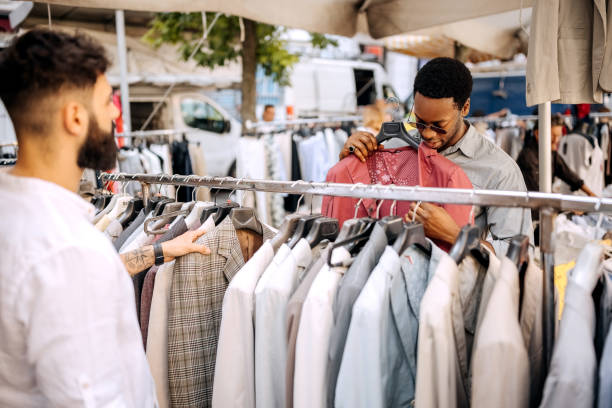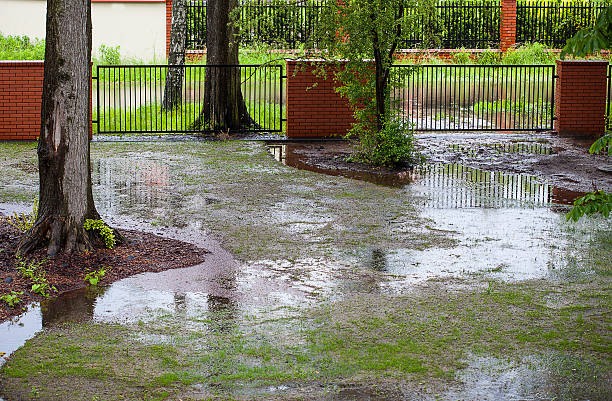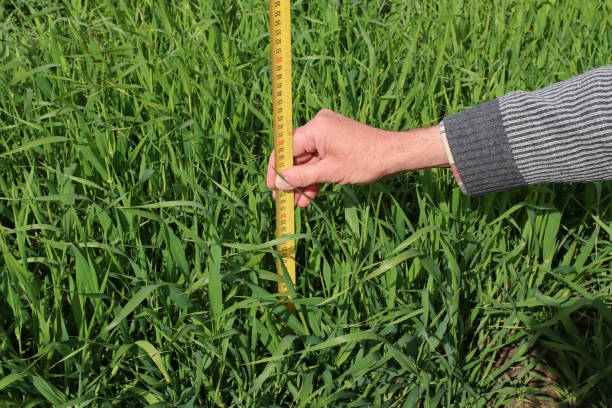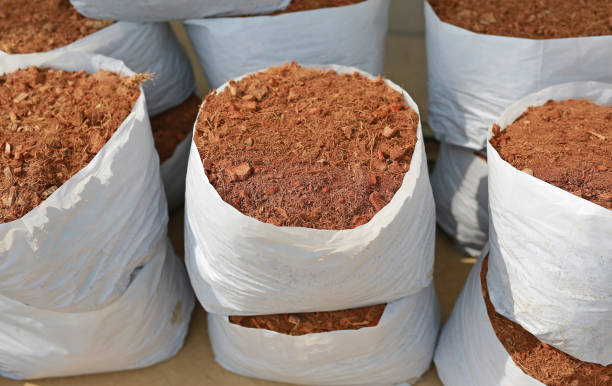How to Price Clothes at a Yard Sale
This post contains affiliate links. This means I will make a commission at no extra cost to you should you click through and make a purchase. Read the full disclosure here.Are you planning to host a yard sale and wondering how to price your clothes effectively? Setting the right price is crucial to attract buyers and ensure a successful sale. In this article, we will guide you through the process of pricing clothes at a yard sale. By understanding the yard sale pricing strategy and implementing effective pricing techniques, you can maximize your profits and create a positive shopping experience for your customers.
Understanding the Yard Sale Pricing Strategy
Before diving into pricing techniques, it’s essential to understand the yard sale pricing strategy. Here are some key factors to consider:
Research the Market
Start by researching the market to get an idea of the average prices for clothes in your area. Check online platforms, visit thrift stores, or ask friends who have hosted yard sales before. This research will give you insights into the pricing trends and help you determine competitive prices for your clothes.
Consider the Condition of the Clothes
Evaluate the condition of each item you plan to sell. Clothes in excellent condition or with designer labels may warrant higher prices, while items with signs of wear should be priced accordingly. Be honest about any flaws to avoid misleading buyers and build trust.
Determine the Original Value
Consider the original value of each clothing item. If an item was expensive when purchased, you can price it higher even if it’s gently used. On the other hand, cheaper or generic clothes may need lower price points to attract buyers.
Setting the Right Price Range
To attract a variety of buyers, it’s important to set a price range that accommodates different budgets. Here’s how you can do it:
Categorizing Clothes by Type
Group similar clothing items together and assign price ranges based on their category. For example, separate children’s clothing, women’s clothing, men’s clothing, shoes, and accessories. This organization allows buyers to easily browse and find what they’re looking for, while helping you set appropriate prices for each category.
Utilizing Price Tags
Attach price tags to each garment, ensuring they’re visible and easy to read. Price tags eliminate confusion and provide clarity to buyers, especially when you’re busy managing multiple customers simultaneously.
Offering Bundle Deals
Consider offering bundle deals to encourage buyers to purchase more items. For example, you could offer a discount for customers buying multiple pieces from the same category or buy-one-get-one deals. This strategy promotes upselling and increases the likelihood of selling larger quantities of clothes.
Pricing Techniques for Different Clothing Items
Each category of clothing requires its own pricing approach. Let’s explore the techniques for pricing various types of clothes:
Clothing for Infants and Children
When pricing children’s clothes, take into account their condition, brand, and age. Clothes in excellent condition from well-known brands may command higher prices. Consider pricing items lower for older children’s clothes, as they are less likely to be passed down or reused.
Women’s Clothing
For women’s clothing, consider the style, brand, and current trends. Designer labels or high-end brands can be priced higher, while basic or generic items should have more affordable price points. Keep in mind that women’s clothing tends to sell well at yard sales, so don’t undervalue fashionable pieces.
Men’s Clothing
Pricing men’s clothing follows a similar approach to women’s clothing. Take into account the condition, brand, and style of each garment. Consider pricing formal attire or branded clothing higher, while casual or everyday wear can be priced lower.
Shoes and Accessories
When pricing shoes, consider factors such as brand, condition, and style. Designer shoes or those in excellent condition may have higher price points. For accessories like handbags, belts, or jewelry, evaluate their uniqueness and demand in the market.
Implementing Effective Pricing Strategies
To attract more buyers and create a buzz around your yard sale, implement these pricing strategies:
Grabbing Attention with Eye-Catching Signage
Create attractive signage to draw attention to your yard sale. Use bold and colorful markers, highlighting the fact that you have clothes for sale. Place signs at strategic locations in your neighborhood to guide potential customers to your yard.
Creating a Pricing Structure
Consider implementing a pricing structure that encourages multiple purchases. For example, you can price single clothing items slightly higher but offer discounts for buying more. This strategy motivates customers to buy additional items and helps you sell more clothes.
Flexible Negotiation Approach
Yard sales often involve negotiation, so be open to bargaining with customers. Have a flexible approach and consider accepting reasonable offers, especially towards the end of the sale. This flexibility can help you sell clothes that might not have found buyers at the initial asking price.
Promoting Your Yard Sale
To ensure a successful yard sale, you need to promote it effectively. Here are some ways to generate interest:
Online Advertising
Utilize online platforms such as local community websites, social media groups, or online classifieds to advertise your yard sale. Include details about the clothes you’re selling and highlight any unique or high-value items.
Community Bulletin Boards
Place flyers or posters on community bulletin boards in local grocery stores, libraries, or community centers. Make sure the information is clear, and the posters are visually appealing to attract potential buyers.
Word-of-Mouth Marketing
Spread the word about your yard sale through your social circle, neighbors, and friends. Encourage them to share the information with their networks. Word-of-mouth marketing can be highly effective in attracting interested buyers.
Ensuring a Successful Yard Sale
To make your yard sale stand out and ensure a positive experience for buyers, consider the following tips:
Organizing the Clothes
Arrange the clothes in a neat and organized manner. Group similar items together, such as dresses, shirts, or pants. This organization makes it easier for buyers to browse and find what they’re looking for, increasing the chances of making a sale.
Displaying Clothes Creatively
Create visually appealing displays by using clothing racks, hangers, or tables. Hang clothes neatly to showcase their potential. Consider creating outfit displays or mannequins to inspire buyers with styling ideas.
Providing Additional Value
Offer additional value to your customers to enhance their experience. For example, provide full-length mirrors for trying on clothes or offer refreshments. These small gestures can leave a positive impression and encourage customers to stay longer and make more purchases.
Conclusion
Pricing clothes at a yard sale requires careful consideration of market trends, item condition, and original value. By utilizing effective pricing techniques, organizing your clothes thoughtfully, and promoting your yard sale strategically, you can attract buyers and maximize your profits. Remember to be flexible and open to negotiation, as it can help you close deals and clear inventory. With these tips, you’ll be well-equipped to price your clothes and host a successful yard sale.













